Xi'an City Wall was built in 582 AD (the second year of Emperor Kaihuang in the Sui Dynasty), and it has been expanded and rebuilt through dynasties. After the founding of China in 1949, it has restored for many times, and several city gates were newly added.
With a circumference of 13.74 km, Xi'an City Wall is the oldest, largest, and most well-preserved ancient city wall building in China, and it is also the first batch of National Cultural Relic.
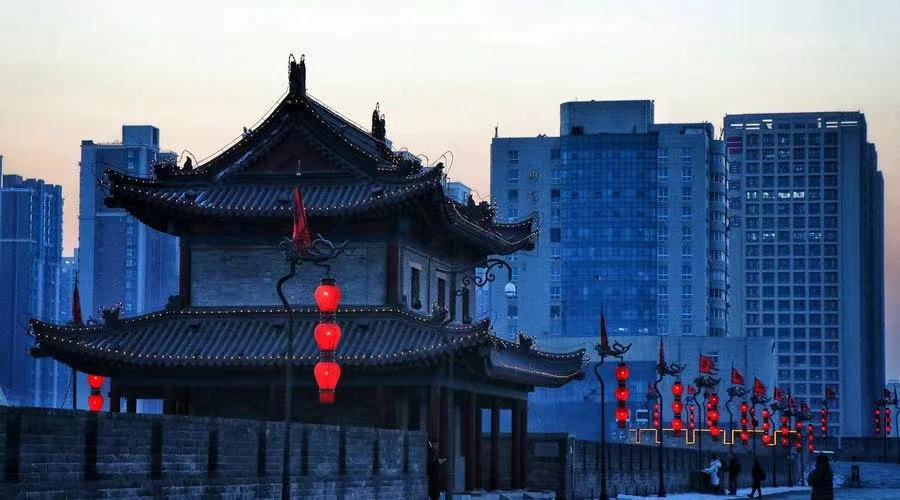
As a symbol of Xi'an's history and culture, the city wall is an important brand and a unique business card of Xi'an, an ancient city of humanity.
In the Ming and Qing Dynasties, there were four gates on the city wall. The east gate was named Changle gate, the south gate Yongning gate, the west gate Anding gate, and the north gate Anyuan gate (all abou peace and order). The names reflect the high hopes pinned on major political and military site Xi'an for guarding the northwest and stabilizing the border in the early Ming Dynasty. Now what we see on the lintel of the four gates were inscribed by Shaanxi Governor Zhang Fenghong in July 1912.
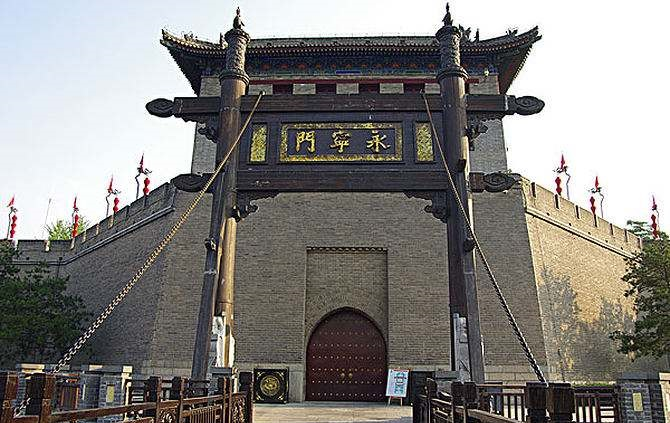
The passage leading to the city wall from the ground is bridle path. In the Ming Dynasty, Xi'an City Wall had eleven bridle paths.
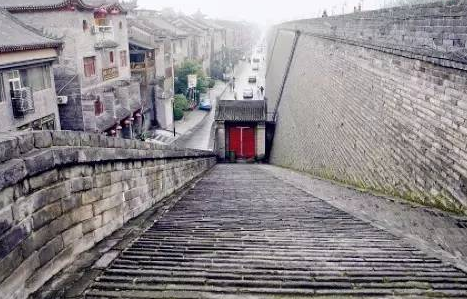
Bridle path has a protective wall on the outside and a gate at its lower end. The red-painted gate was called "Red Gate" and was guarded by troops.
The enemy defense station is a key defense facility, a building that protrudes from the wall to defend against the enemy on three sides.
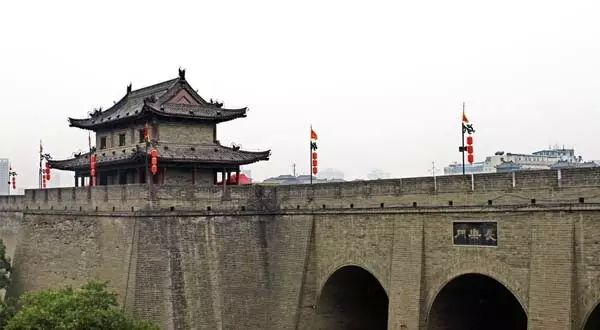
From the gate to both sides, an enemy defense station was built every 120 meters, with a total of 98 stations. They are 20 meters wide, 12 meters long, and as high as the city wall. Once the enemy attacked the city and climbed the wall, we could defend at the front of the enemy station and the left and right sides outside the main city wall, killing enemies under the city and making it difficult for the enemy to approach the city wall.
Each enemy station has an enemy tower, thus there are a total of 98 enemy defense towers.
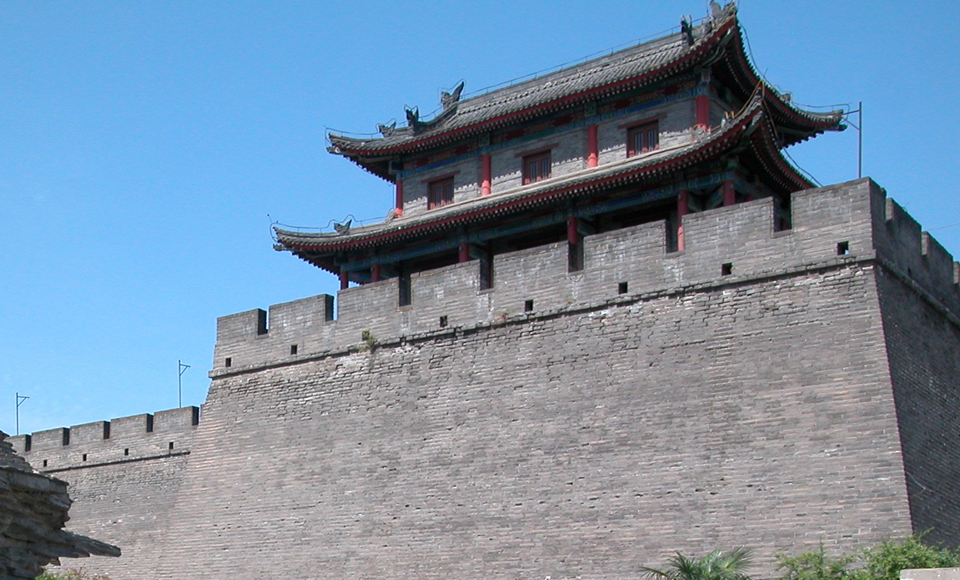
Enemy sefense tower was designed to strengthen the defense of the city wall. It was used for city guard troops to command tower, observe, and place equipment and materials duringt the wartime, and for guardians and patrols to rest when they were not fighting.
Archery Tower is built on the city gate, and equipped with windows for archery, hence the name "archery tower".
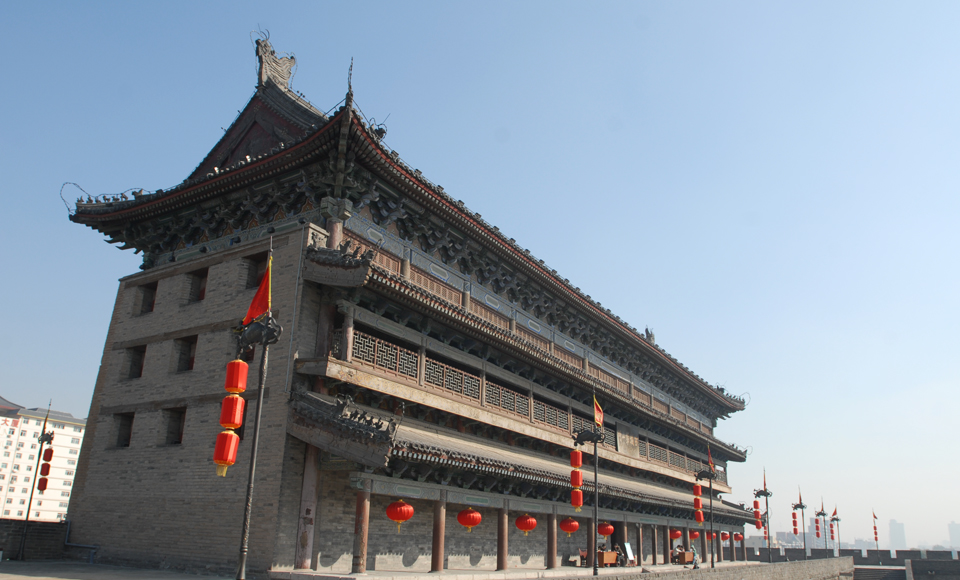
Heavily diatributed windows on the outside of archery tower were used for strengthening defense and launching an offensive.
The Xi'an moat built in the Ming Dynasty circled the city with a total length of over 14 kilometers. The moat has been repaired and dredged many times in history and has been preserved to today.
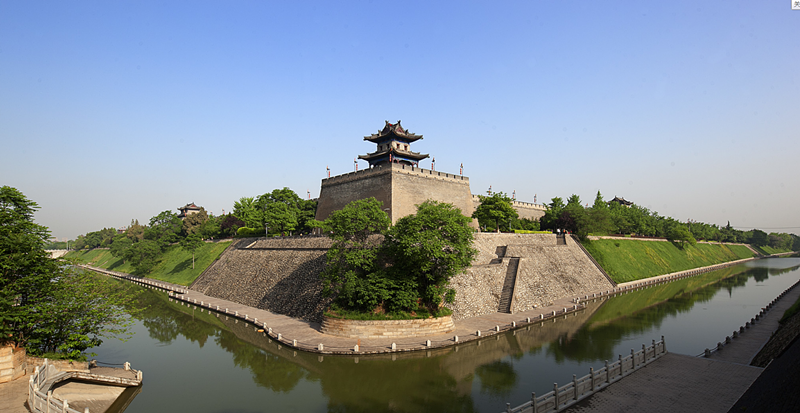
The moat is also called city river. In ancient times, most cities were surrounded by deep trenches. High city wall and deep trench were perfect for defense. This insurmountable obstacle is another line of defense outside the city wall, making it more difficult for enemies to attack.
The ancient moat was also part of the water supply and drainage system of a city. When flood hit, the moat could be used to channel the flood. Drainage inside the city can also be discharged by the moat.


